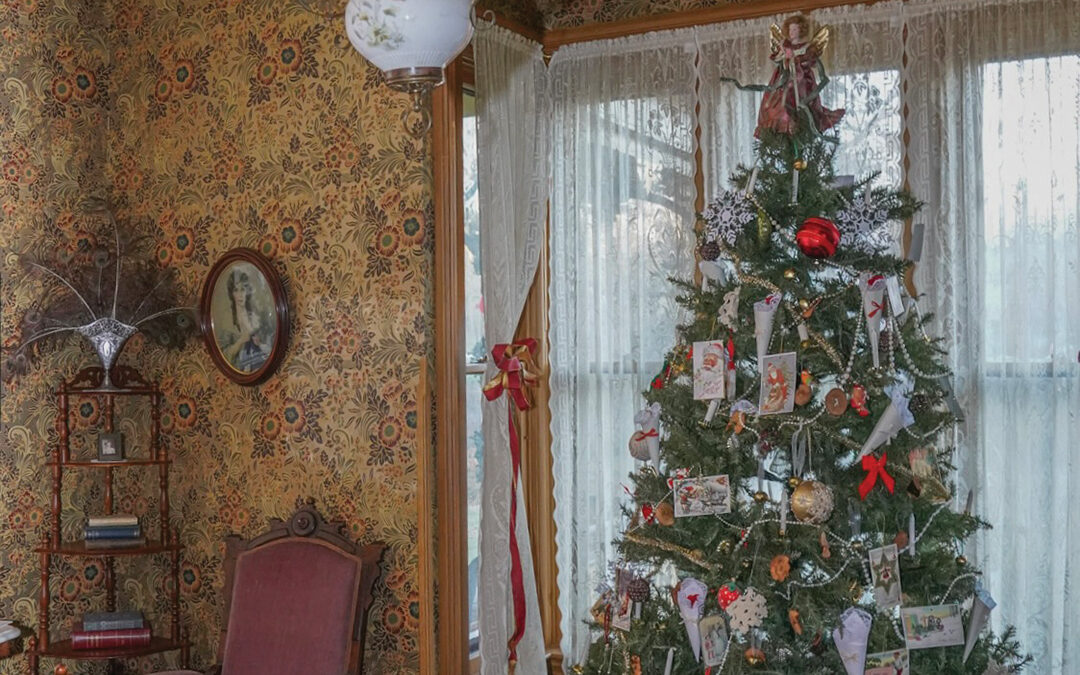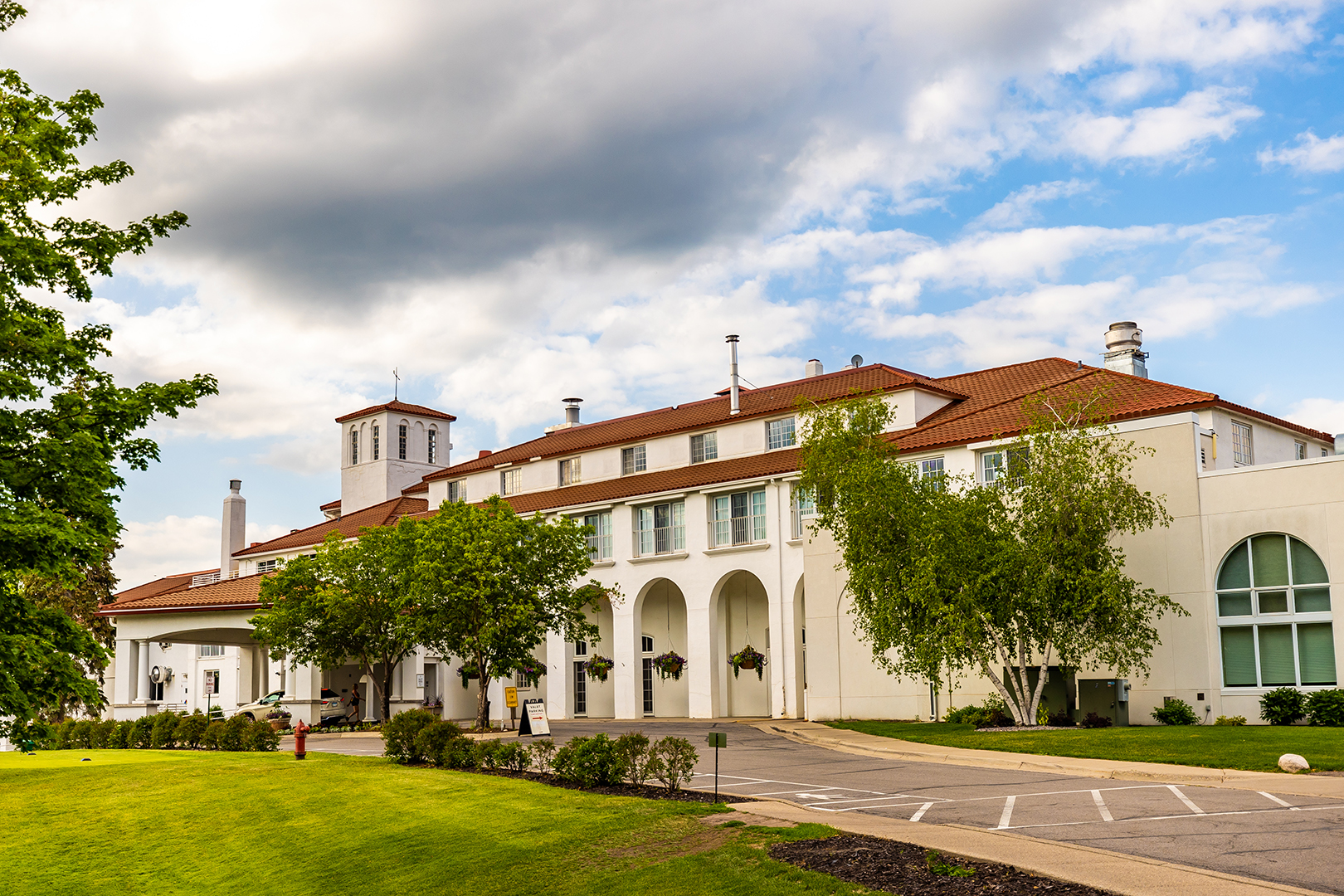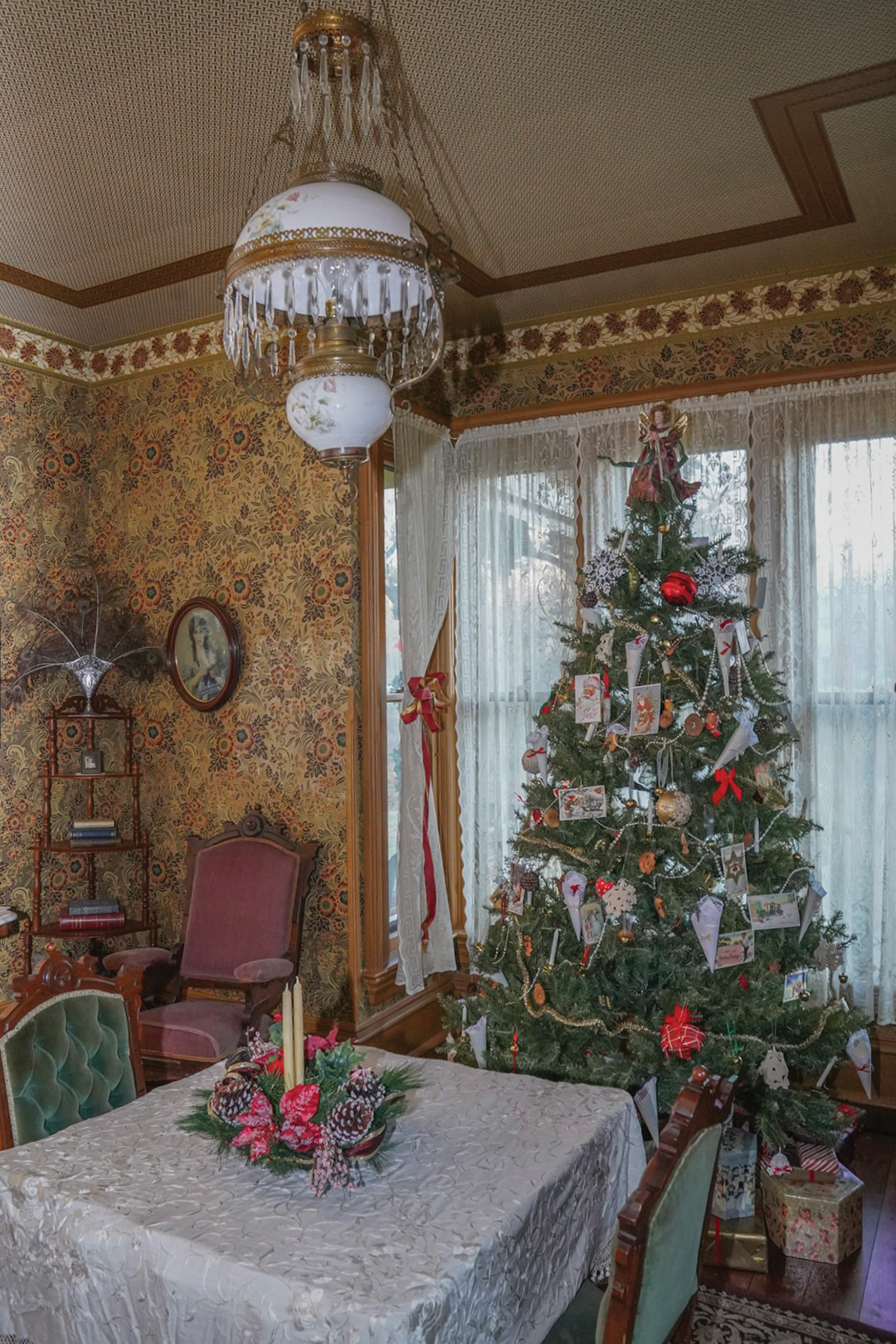![Finding enough to do in her Long Lake garden isn’t difficult for Meg Cowden. She relishes the opportunity. “Gardening is a multifaceted life-giving hobby,” she says. “It provides you with the opportunity to slow down, observe [and] experience deep reverence daily, and it’s grounding.”](https://lakeminnetonkamag.com/wp-content/uploads/2024/04/Future_LKM_GardenTour_Meg_7743.jpg)
Finding enough to do in her Long Lake garden isn’t difficult for Meg Cowden. She relishes the opportunity. “Gardening is a multifaceted life-giving hobby,” she says. “It provides you with the opportunity to slow down, observe [and] experience deep reverence daily, and it’s grounding.” Photos: Chris Emeott
Master gardeners showcase their earthly endeavors.
Like many things in life, experiencing them firsthand often provides an elevated experience. For example, when visiting a garden, one can view how colors, shapes and textures are married with nature’s tender hand to reveal natural art in its purist form. Bees, butterflies, songbirds and tiny woodland animals all come to visit and—for the most part!—positively add to the natural vistas as they go about their inherent business.
When the Hennepin County Learning Garden Tour, launched in 2008, is held each season, it offers attendees the opportunity to visit, appreciate and learn from the efforts of some of the areas master gardeners, who are University of Minnesota-trained volunteers, educating the public about a variety of horticulture topics.
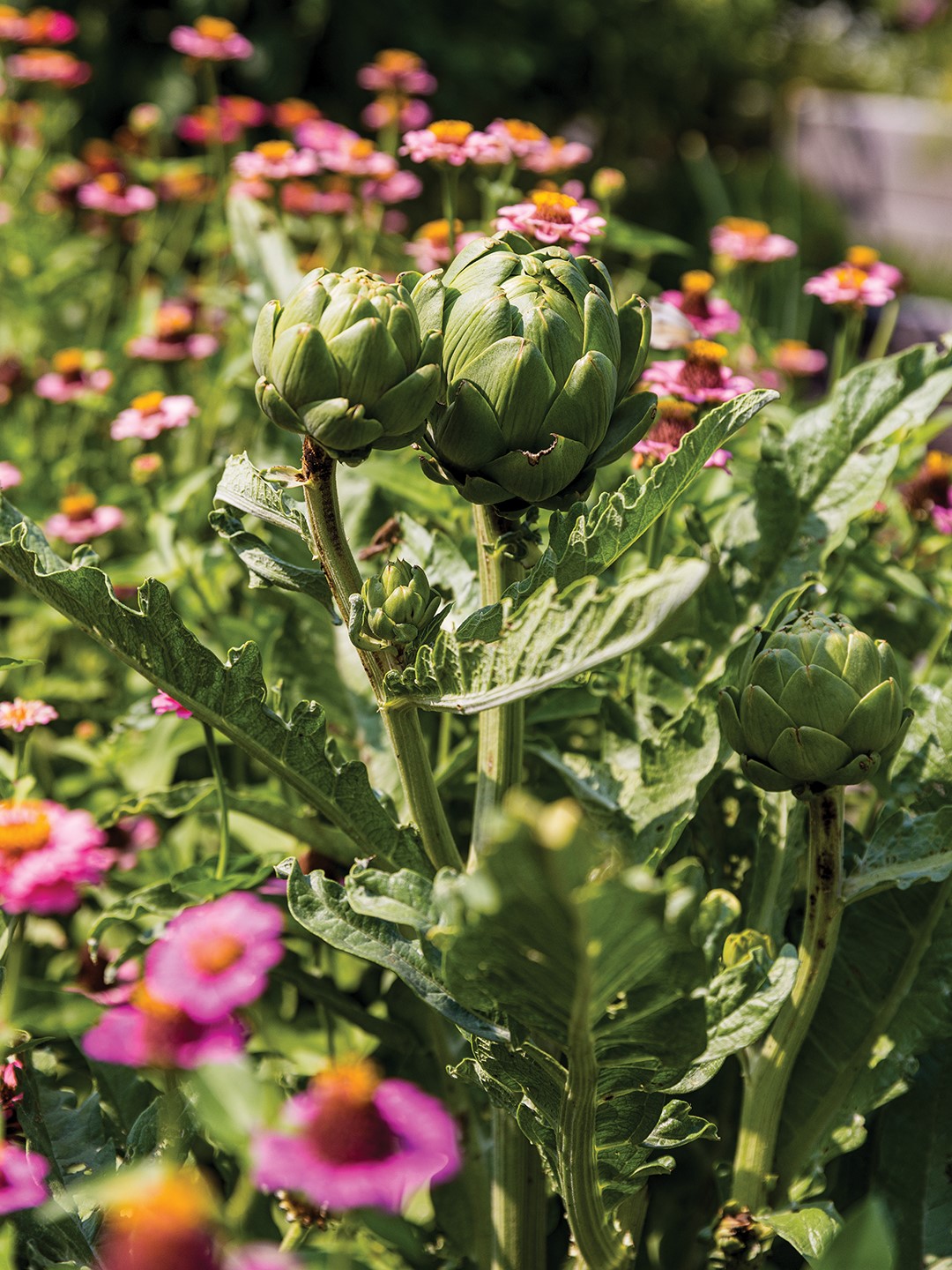
“The tour features a wide variety of garden settings and inspirational opportunities,” says Allison Reese, chair of the Learning Garden Tour Committee. “The goal is to have attendees leave the garden tour inspired to start or continue work in their own backyards or small spaces, knowing they have information backed by university research.”
Reese says, “Each garden offers a unique opportunity to learn about the latest trends and techniques—with educational topics at each garden … The tour highlights one-of-a-kind gardens, showcasing a wide variety of designs, locations and styles.”
Most of the locations are private homes of master gardeners, but the tour could include school or community gardens where they serve as volunteers.
Additional information is available at hennepinmastergardeners.org.
Meet the Gardener: Meg Cowden, Long Lake

It’s safe to say that Meg Cowden could reclassify her home garden into a bountiful farmers market. Just the vegetable and annual flower varieties nearly equal 200. Keep counting. There’s more to be found at this Long Lake garden.
Meg Cowden’s food garden is between 1/8 and 1/4 acre with irregularly shaped raised beds and drip irrigation. It’s a good thing that the area is animal proofed because there’s a lot to choose from, including varieties of vegetables (156); annual flowers (37); apples (12); blueberries (10); strawberries (four); honeyberry (seven); pears (four); and apricot (one).

The time it takes to tend to Cowden’s gardens is no short order. “Early in the season in late April through June, we are working really long hours planting, managing early season fruit pests and then processing early season food—strawberry harvest is a big lift for us in June,” she says. “Probably working the equivalent of a full-time job … Later in summer, August, we spend probably as much time in the garden as we do in the kitchen, canning tomatoes and making pickles.”
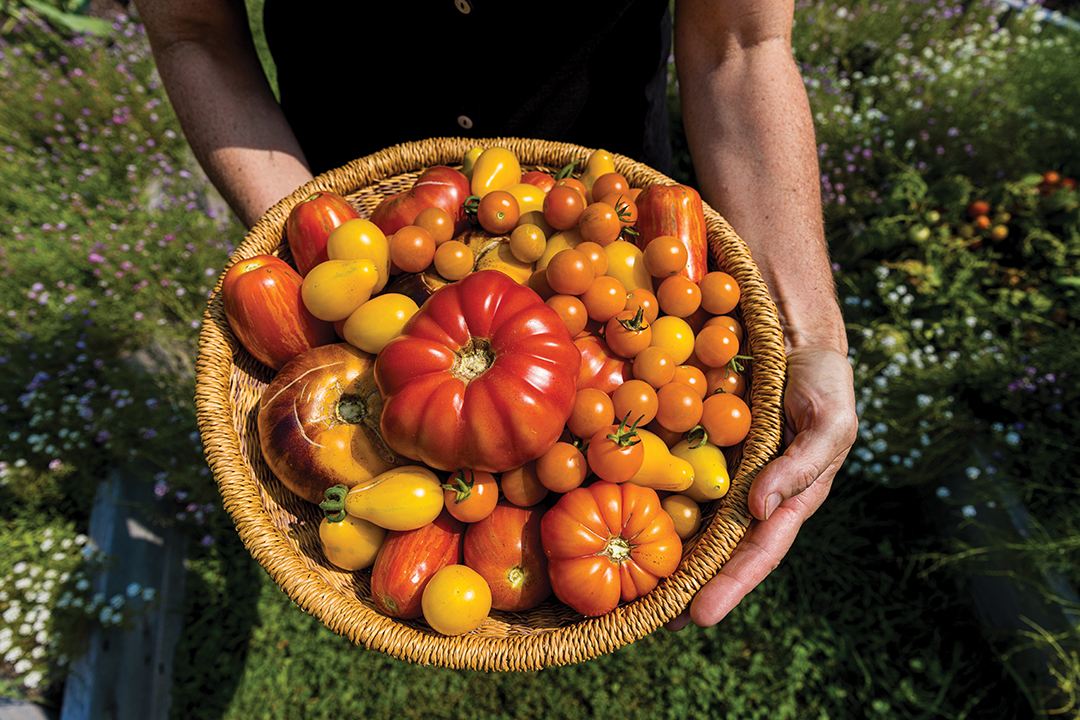
In addition to gardening, Cowden creates gardening content on seedtofork.com, authored Plant Grow Harvest Repeat (Timber Press 2022), has a garden subscription focused on maximizing garden yield through succession planting called the Modern Garden Guild and regularly gives talks on gardening.
“Gardening is a multifaceted life-giving hobby,” Cowden says. “It provides you with the opportunity to slow down, observe [and] experience deep reverence daily, and it’s grounding. When it’s food you grow, add onto that the very best tasting, freshest and most valuable food you will ever eat in your life. It renews me daily every time I step into my garden … Even coping with the death of a parent was buoyed by the garden because it just holds you in this way that supports all aspects of your being.”
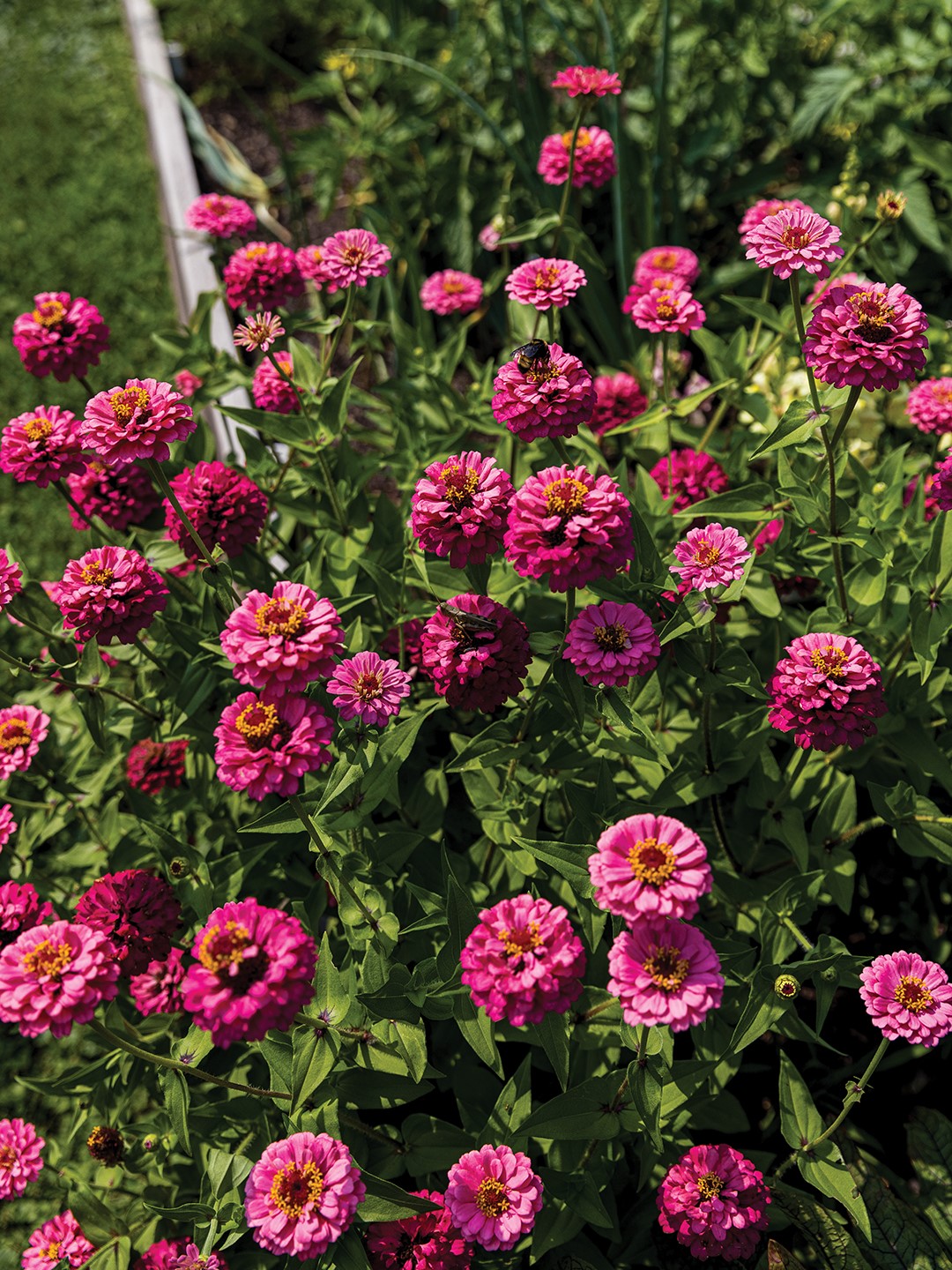
Proudest Gardening Endeavor: Designing and building out her current garden
“This was a decades-long dream we finally actualized.”
Favorite Plant (to grow from seed): Onions
“It takes about five months (150 days!), but who doesn’t start every home-cooked meal with an onion? They are so delicious and store really well deep into winter when cured properly.”
Favorite Garden to Visit: Crow-Hassan Park Reserve, Hanover
“It’s filled with prairies and dotted with some beautiful woodlands, too, and every time we visit, there are new flowers in season, so it’s always changing. My favorite places to see plant life are probably the mountains of the Pacific Northwest. Gaps created from fires now support lush huckleberries, and the high meadows teem with native flowers in late summer, not unlike the local prairies. Seeing the connection across different types of landscapes is what I’m always on the lookout for and understanding how ecosystems manage to maintain peak diversity throughout the season, as that’s something I’m constantly striving to do in my garden.”
Is there such a thing as a complete garden? Hardscaping, yes; plant combinations and interplanting, never
“This is why I really love growing food and flowers, both annuals and perennials. Every year, I’m a novice in some, often many, ways. I try new plant combinations, trial new varieties and become a new student over and over again. It’s the best thing.”
Meet the Gardener: Brian Bade, Wayzata
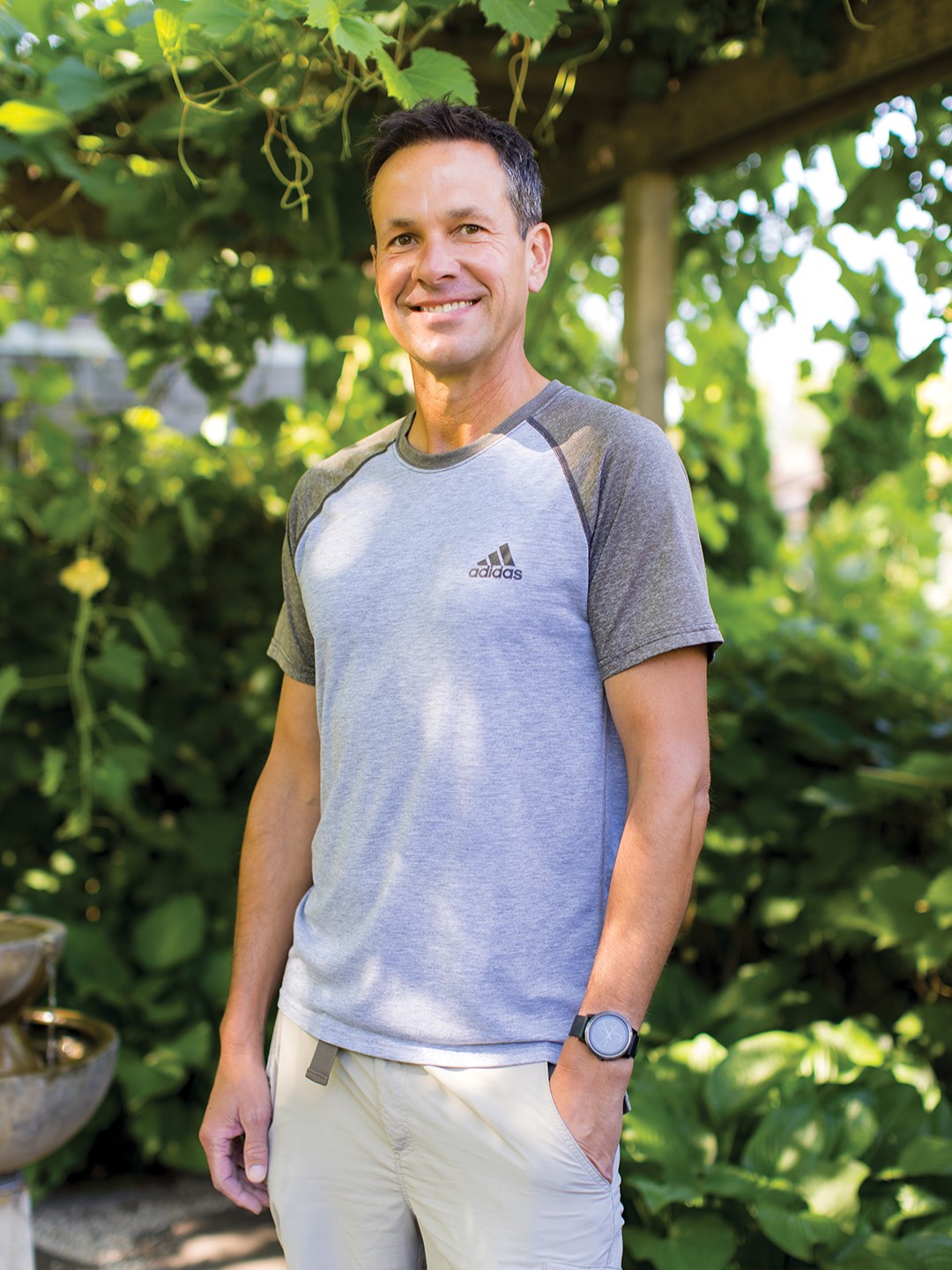
Brian Bade spends up to 14 hours a week (April through September) tending to his Wayzata home garden. He became a master gardener in 2020.
“When I set out to spruce up the landscape, I didn’t really have an overarching plan,” Brian Bade says. “I focused on one area of the yard at a time and just planted what I liked … It took three or four years to chip away at the removal … The gardens have evolved greatly over time [a small pond, a couple of fountains, two pergolas, plant and tree removal and additions and a vegetable garden] … Because I didn’t really have a master plan, the varieties and locations of many plants were placed by trial and error, division and subtraction.”
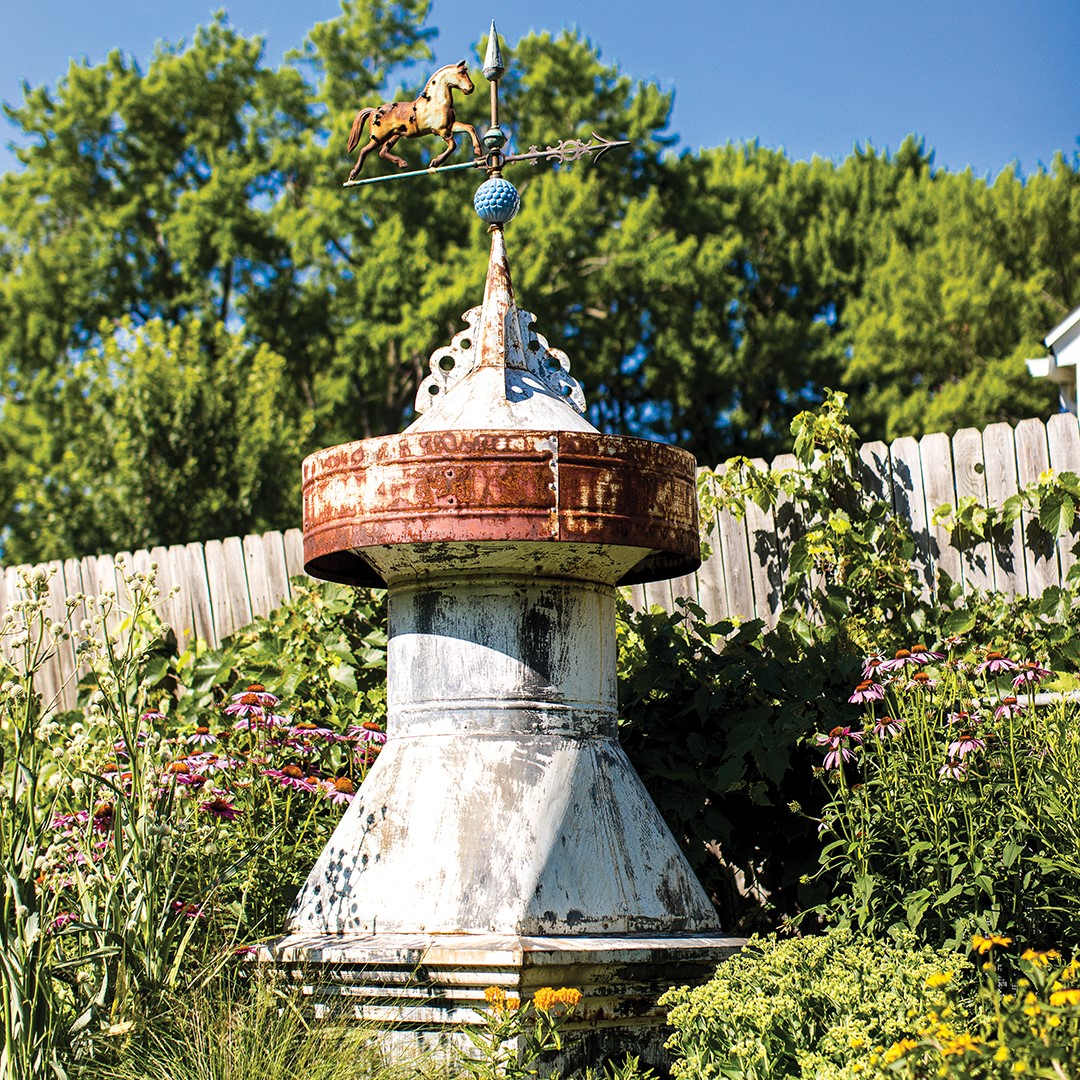
One could say a gardener’s work is never done. As Brian Bade attests, he continues to edit his garden and make adjustments. Inspiration for some of his ideas is likely from some of his favorite public spaces, including in Wayzata and Chaska.
Bade says, “I would say the theme of the garden would be pollinator, with a heavy focus on natives as time has gone on. There is also a bit of a wild prairie vibe to it, as well. The garden is a National Wildlife Federation Certified Wildlife Habitat and has been certified as an Official Monarch Waystation by Monarch Watch … I planted a bee lawn in part of the turf in spring 2022 with hopes of showing people what a bee lawn should look like.”

From April through September, Bade spends up to 14 hours per week working in the garden, but it fluctuates throughout the year. He became a master gardener in 2020. “I grew up on a dairy farm in Arlington, Minnesota, and I was always around plants and agriculture, so gardening has always been something I have been interested in,” he says.
Gardening has grown into a treasured hobby for Bade. “It gets you out in nature, lets you be creative and benefits your neighborhood,” he says. “I have a 12-year-old that sees me working in the garden for hours on end and helps from time to time. Kids spend so much time in front of screens; I want to try and influence a few to get outside and get their hands dirty.”
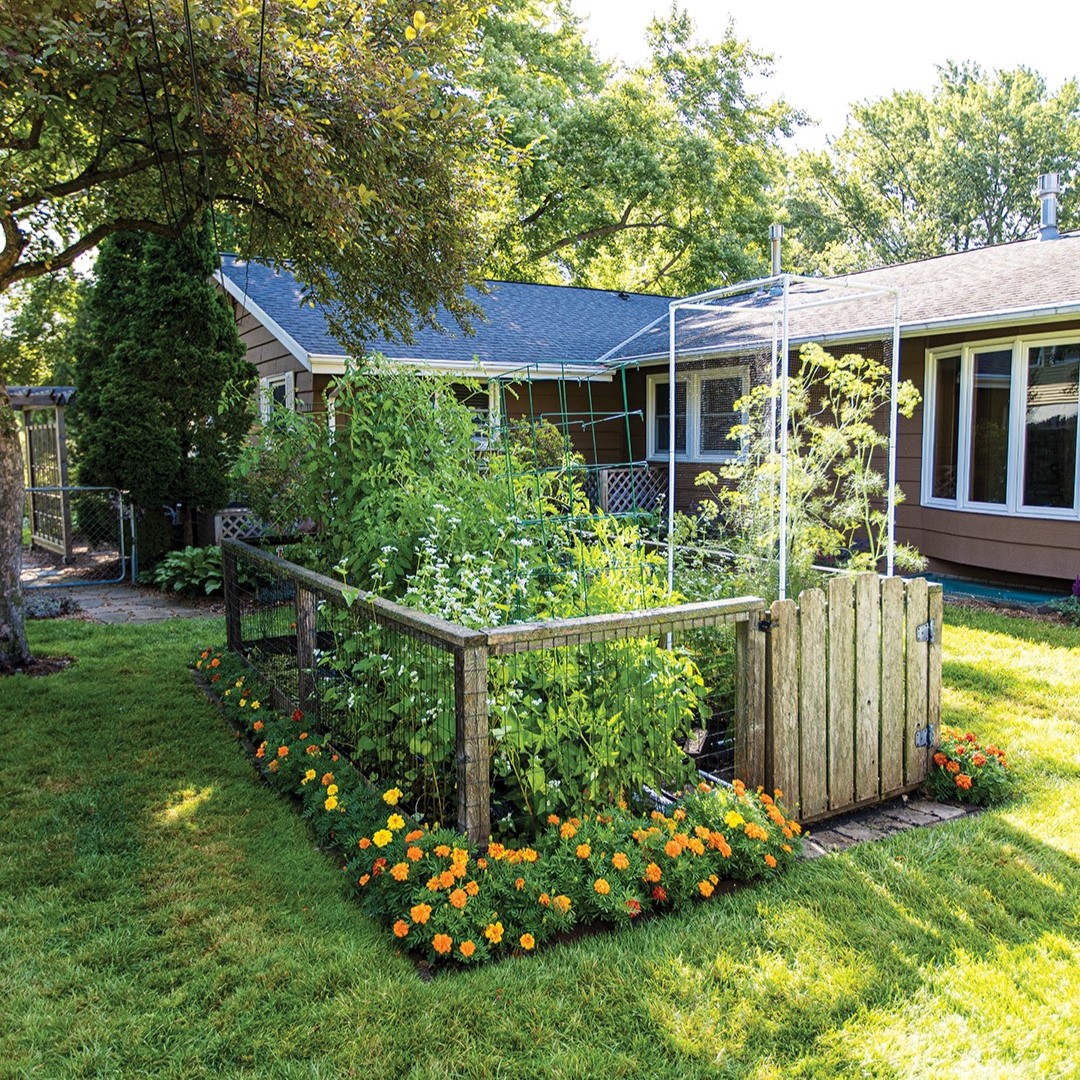
Proudest Gardening Endeavor: Restoring a cupola and its wind vain
“It reminds me of growing up on a family farm in rural Minnesota. So many of those farms are gone now. The cupola stands as the crown jewel of the pollinator garden.”
Favorite Plant: Agastache Blue Fortune (Blue Fortune Hummingbird Mint)
“It blooms from late August to frost and gives pollinators a late season nectar source … The second is Meadow Blazing Star (Liatris ligulistylis). A tall spiked perennial, growing single stalks 4 to 5 feet tall, which produce tufted purple blooms. It’s an absolute monarch magnet. It blooms in late fall and coincides very closely with monarch migration. I have had 16 butterflies on a single plant. It really is amazing to see …”
Favorite Garden to Visit: Noerenberg Memorial Gardens, Wayzata, and Minnesota Landscape Arboretum, Chaska
“The Minnesota Horticultural Society publishes a magazine called the Northern Gardener. While it isn’t a physical place, it is a great publication and resource for Minnesota gardeners.”
Is there such a thing as a complete garden? Never
“I’m constantly moving things around, and will continue to do so.”
Ticket to Tour
This year’s Learning Garden Tour is slated for July 13—rain or shine—and will include portions of Minneapolis and Edina, featuring up to 10 gardens. Single tickets are $15 in advance; $20 on the day of the tour. Discounts are available for groups of 10 or more. Children under 12 get in free with a paying adult.
All proceeds help to support the University of Minnesota Extension Master Gardener Volunteer–Hennepin County community programs. “The activities of the University of Minnesota Extension Master Gardeners benefit schools, community gardens, youth programs, environmental education programs, farmers markets and much more,” says Allison Reese, chair of the Learning Garden Tour Committee.
Question?
Ask a Hennepin County master gardener.
Hotline: 612.301.7590
extension.umn.edu


